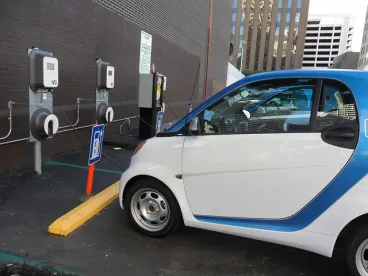On Monday, General Motors announced plans to execute on its commitment to a future with “zero emissions, zero congestion and zero crashes.” Two new all-electric vehicles (based on learnings from the Bolt) will be introduced over the next 18 months, part of a whopping 20 new all-electric models that will launch by 2023. In addition, GM introduced the SURUS (Silent Utility Rover Universal Superstructure ) concept vehicle, a fuel-cell-powered and emissions-free heavy-duty truck.
GM Chairman and CEO, Mary Barra outlined GM’s vision just a day before Ford Motor Company’s own announcement of a plan to add 13 electric models over the next five years, part of its investment of $4.5 billion over the same period. And all of this not long after other major automakers, including Daimler, Volvo, and Volkswagen, have committed to build or convert their own fleet of electric or hybrid vehicles in the coming years.
Even with commitments to “no-compromise solutions” on electric fleets, this kind of electric fervor is sure to be hotly debated, especially considering consumers have yet to embrace electric cars, which constitute only about 1% of total passenger vehicles in the United States. For example, Tesla’s sale of Model S and Model X have stalled at around 25,000 per quarter and the company just announced on Monday that it had only produced 260 Model 3 cars, short of the 1,500 forecasted.
One obvious answer to the seeming discrepancy between consumer demand and automakers’ rush to flood the market with electric cars is China, the world’s largest and fastest growing auto market. Last month, China announced its plan to eventually (at some unspecified date) ban the sale of all gasoline- and diesel-powered cars. And the Chinese government also recently unveiled a comprehensive set of emission rules that will require substantial sale of plug-in-electric cars by all automakers seeking to sell in China by 2019.
Given China’s continuing influence on the auto market – sales of electric vehicles in China are already in the hundreds of thousands and analysts believe are likely to reach 400,000 by 2019 – automakers (and by extension, their entire supply chain) must pay close attention to new Chinese regulations that apply pressure to go electric. But the source of the pressure is not only China, it is gaining steam across the globe, and that pressure is undeniable.



 />i
/>i

